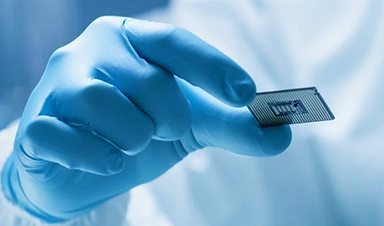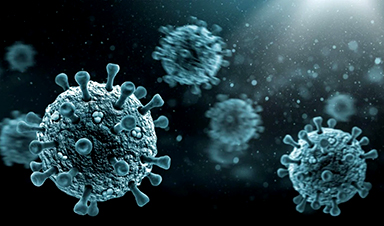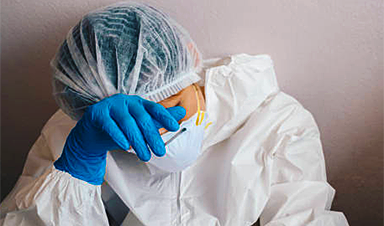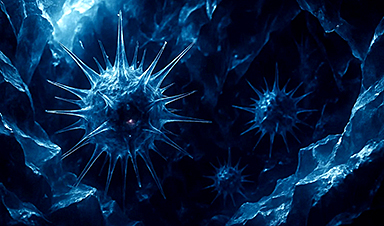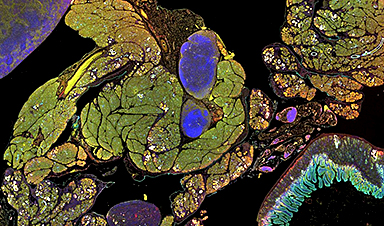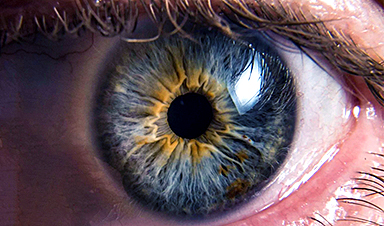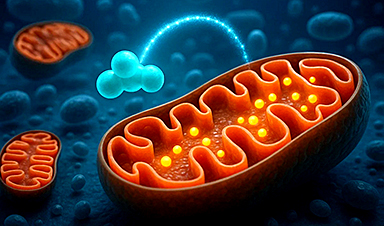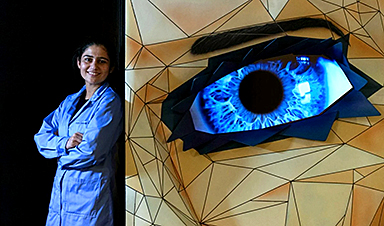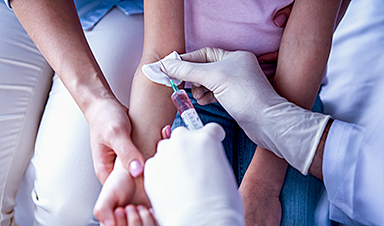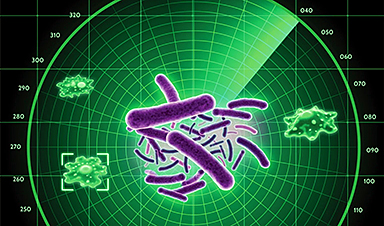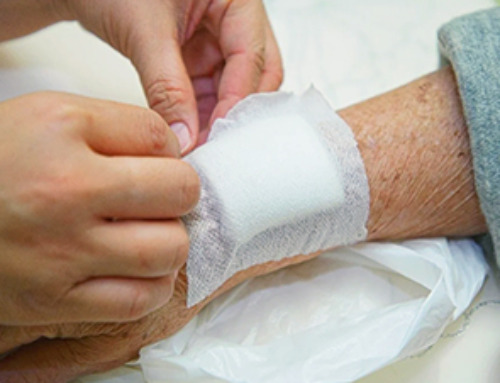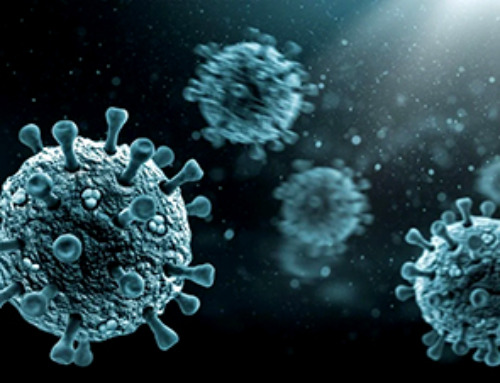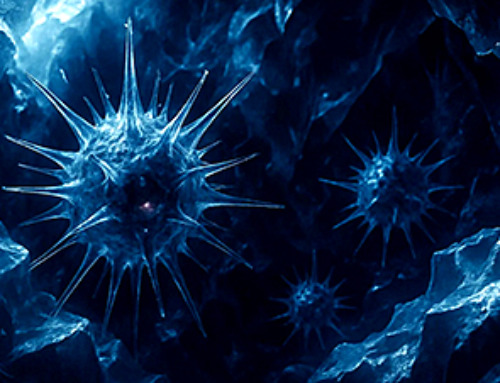| A nanotechnology-based drug delivery system developed at UVA Health to save patients from repeated surgeries has proved to have unexpectedly long-lasting benefits in lab tests – a promising sign for its potential to help human patients. | |
| The approach would allow surgeons to apply a paste of nanoparticles containing hydrogel on transplanted veins to prevent the formation of harmful blockages inside the veins. These blockages often force heart and dialysis patients to undergo repeated surgeries; some dialysis patients need seemingly endless procedures on both arms and then a leg or around their collarbone so that they can continue to receive their lifesaving treatment. | |
| The researchers have published their findings in the scientific journal Bioactive Materials (“Nano-based perivascular intervention sustains a nine-month long-term suppression of intimal hyperplasia in vein grafts”). | |
| While UVA’s innovation, dubbed “Pericelle,” produced encouraging results in early testing, there have been questions about how long the benefits this form of drug delivery could last. Would this quick and easy procedure, performed during the initial vein surgery, continue to protect patients months later? That was the hope, but even the UVA scientists were surprised by their latest results: Not only did Pericelle work at three months – when the applied drug supply ran out – but it continued to work at six months and was still working at nine months. | |
| The scientists can’t fully explain the unexpectedly durable benefits. But they are excited about what it suggests for the potential of their technique. | |
| “This is a big deal because the treatment could work much longer than we originally thought, far beyond what people would expect,” said researcher Lian-Wang Guo, PhD, who is developing the technique with UVA’s K. Craig Kent, MD. “It is so exciting that one treatment can prevent the harmful blockages for many months.” | |
A $5 Billion Healthcare Drain |
|
| Kent, a vascular surgeon who also leads UVA Health, is well acquainted with the challenges associated with “revascularization” procedures. These procedures are used to treat cardiovascular disease by restoring needed blood flow – for example, a surgeon might move a vein from the leg to the heart for patients with heart failure. | |
| The procedure is also used to create access points for patients who need dialysis. An artery and vein in the arm, for example, are often grafted together so that a patient’s blood can be removed from the body, cleansed and then returned. These dialysis connection points are called “arteriovenous fistulas,” or AVFs, and management of them in patients with end-stage renal disease is estimated to cost the U.S. healthcare system $5 billion every year. | |
| The problem is that revascularizations often cause the very problem they’re trying to fix: inadequate blood flow. The surgery itself causes a buildup of cells in the blood vessels that chokes off the blood supply. | |
| “Repeated surgeries for vascular access and revascularization are not just a major burden for patients – they represent an urgent, unmet need in medicine,” said Kent, UVA Health’s chief executive officer and UVA’s executive vice president for health affairs. “The strain on patients’ lives and the healthcare system is immense, and innovative solutions like Pericelle offer an opportunity to change this paradigm. We desperately need alternatives that can deliver durable, long-term results.” | |
| Kent, Guo and their collaborator Shaoqin Gong, PhD, at the University of Wisconsin-Madison, hope Pericelle could be the answer. Surgeons would apply the hydrogel paste on blood vessels to deliver a drug, rapamycin, that can prevent the growth of invasive cells. | |
| The UVA scientists had hoped that the results of their latest research would defy conventional wisdom and show that the drug would have benefits even after the applied supply ran out in three months. Six months, they thought, would be great; but they were wowed to see it still working in lab rats at nine months. | |
| While much more research will need to be done before the approach could be made available to patients, the scientists are encouraged by their latest milestone and optimistic about what lies ahead. This type of cutting-edge nanotechnology research will be a key pillar of UVA’s Paul and Diane Manning Institute of Biotechnology, now under construction at Fontaine Research Park in Charlottesville. | |
| “If we can find a way to prevent the need for repeated surgeries, it will have a huge impact on patients’ lives,” said Guo, of the School of Medicine’s Department of Surgery and the Robert M. Berne Cardiovascular Research Center. | |
| In parallel with their work on Pericelle, Guo and Kent are also developing another surgery-saving approach, called “epiNanopaint,” that would let surgeons “paint” nanoparticles on veins to prevent the veins from becoming clogged in the future. |
| Source: University of Virginia Health System (Note: Content may be edited for style and length) |
News
Enhanced Antibacterial Polylactic Acid-Curcumin Nanofibers for Wound Dressing
Background Wound healing is a complex physiological process that can be compromised by infection and impaired tissue regeneration. Conventional dressings, typically made from natural fibers such as cotton or linen, offer limited functionality. Nanofiber [...]
Global Nanomaterial Regulation: A Country-by-Country Comparison
Nanomaterials are materials with at least one dimension smaller than 100 nanometres (about 100,000 times thinner than a human hair). Because of their tiny size, they have unique properties that can be useful in [...]
Pandemic Potential: Scientists Discover 3 Hotspots of Deadly Emerging Disease in the US
Virginia Tech researchers discovered six new rodent carriers of hantavirus and identified U.S. hotspots, highlighting the virus’s adaptability and the impact of climate and ecology on its spread. Hantavirus recently drew public attention following reports [...]
Studies detail high rates of long COVID among healthcare, dental workers
Researchers have estimated approximately 8% of Americas have ever experienced long COVID, or lasting symptoms, following an acute COVID-19 infection. Now two recent international studies suggest that the percentage is much higher among healthcare workers [...]
Melting Arctic Ice May Unleash Ancient Deadly Diseases, Scientists Warn
Melting Arctic ice increases human and animal interactions, raising the risk of infectious disease spread. Researchers urge early intervention and surveillance. Climate change is opening new pathways for the spread of infectious diseases such [...]
Scientists May Have Found a Secret Weapon To Stop Pancreatic Cancer Before It Starts
Researchers at Cold Spring Harbor Laboratory have found that blocking the FGFR2 and EGFR genes can stop early-stage pancreatic cancer from progressing, offering a promising path toward prevention. Pancreatic cancer is expected to become [...]
Breakthrough Drug Restores Vision: Researchers Successfully Reverse Retinal Damage
Blocking the PROX1 protein allowed KAIST researchers to regenerate damaged retinas and restore vision in mice. Vision is one of the most important human senses, yet more than 300 million people around the world are at [...]
Differentiating cancerous and healthy cells through motion analysis
Researchers from Tokyo Metropolitan University have found that the motion of unlabeled cells can be used to tell whether they are cancerous or healthy. They observed malignant fibrosarcoma [...]
This Tiny Cellular Gate Could Be the Key to Curing Cancer – And Regrowing Hair
After more than five decades of mystery, scientists have finally unveiled the detailed structure and function of a long-theorized molecular machine in our mitochondria — the mitochondrial pyruvate carrier. This microscopic gatekeeper controls how [...]
Unlocking Vision’s Secrets: Researchers Reveal 3D Structure of Key Eye Protein
Researchers have uncovered the 3D structure of RBP3, a key protein in vision, revealing how it transports retinoids and fatty acids and how its dysfunction may lead to retinal diseases. Proteins play a critical [...]
5 Key Facts About Nanoplastics and How They Affect the Human Body
Nanoplastics are typically defined as plastic particles smaller than 1000 nanometers. These particles are increasingly being detected in human tissues: they can bypass biological barriers, accumulate in organs, and may influence health in ways [...]
Measles Is Back: Doctors Warn of Dangerous Surge Across the U.S.
Parents are encouraged to contact their pediatrician if their child has been exposed to measles or is showing symptoms. Pediatric infectious disease experts are emphasizing the critical importance of measles vaccination, as the highly [...]
AI at the Speed of Light: How Silicon Photonics Are Reinventing Hardware
A cutting-edge AI acceleration platform powered by light rather than electricity could revolutionize how AI is trained and deployed. Using photonic integrated circuits made from advanced III-V semiconductors, researchers have developed a system that vastly [...]
A Grain of Brain, 523 Million Synapses, Most Complicated Neuroscience Experiment Ever Attempted
A team of over 150 scientists has achieved what once seemed impossible: a complete wiring and activity map of a tiny section of a mammalian brain. This feat, part of the MICrONS Project, rivals [...]
The Secret “Radar” Bacteria Use To Outsmart Their Enemies
A chemical radar allows bacteria to sense and eliminate predators. Investigating how microorganisms communicate deepens our understanding of the complex ecological interactions that shape our environment is an area of key focus for the [...]
Psychologists explore ethical issues associated with human-AI relationships
It's becoming increasingly commonplace for people to develop intimate, long-term relationships with artificial intelligence (AI) technologies. At their extreme, people have "married" their AI companions in non-legally binding ceremonies, and at least two people [...]


